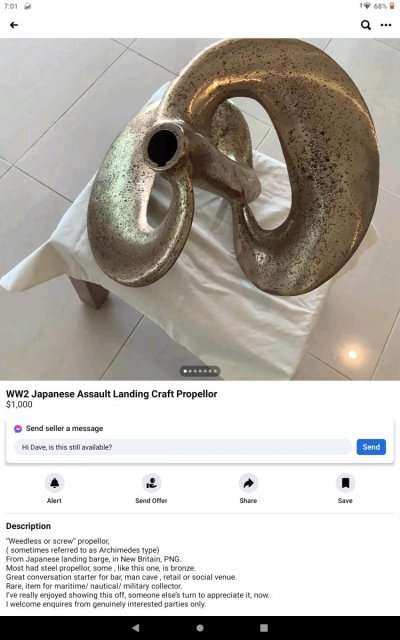Brusky1000
Veteran Member
- Joined
- Oct 27, 2016
- Messages
- 30
- Location
- United States
- Vessel Name
- Monarch III
- Vessel Make
- Bluewater Yachts 40' Pilothouse Trawler
You have to read a lot of ego inflation BS to finally get to this. Didn't read anything about patents, but might have missed that in the rhetoric.
After our testing and driving the boat with all three props, our conclusion is the following. The Sharrow Propeller™—
1. Performs significantly better at idle.
2. Plans at a lower RPM
3. Is faster at all RPM settings
4. Gets significantly more mpg at 3000 and 3500 RPM
5. Is more fuel efficiency at every speed-through-water setting
6. Is as much as 18% more fuel-efficient at 26-28 MPH
7. Produces the highest top speed
8. Creates noticeably less vibration
9. Is generally quieter
10. Has superior handling in tight turns at high-speed
11. Improves handling in reverse
12. Provides the greatest range at all speeds
After our testing and driving the boat with all three props, our conclusion is the following. The Sharrow Propeller™—
1. Performs significantly better at idle.
2. Plans at a lower RPM
3. Is faster at all RPM settings
4. Gets significantly more mpg at 3000 and 3500 RPM
5. Is more fuel efficiency at every speed-through-water setting
6. Is as much as 18% more fuel-efficient at 26-28 MPH
7. Produces the highest top speed
8. Creates noticeably less vibration
9. Is generally quieter
10. Has superior handling in tight turns at high-speed
11. Improves handling in reverse
12. Provides the greatest range at all speeds


